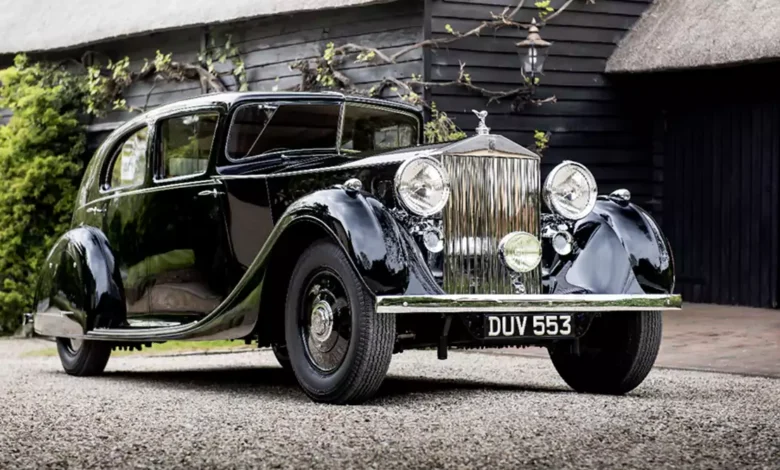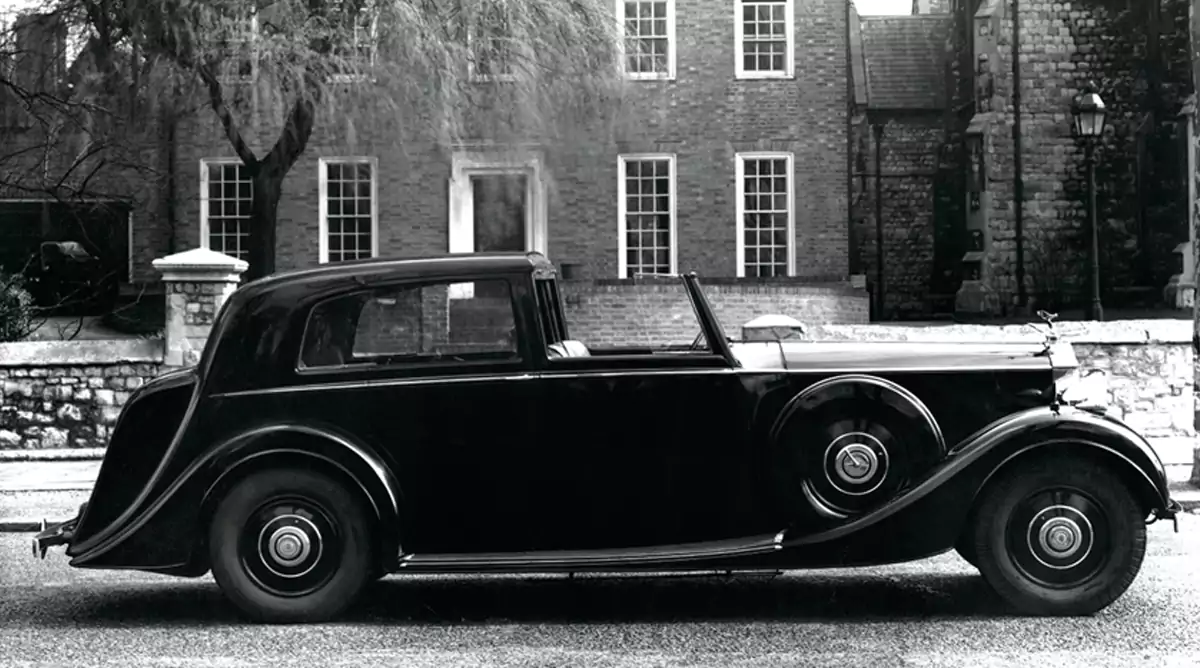Into the Past With The 1930s The Rolls-Royce Phantom III

However, its impact could be seen in every Rolls-Royce vehicle, even the V12-powered ones that are still produced at Goodwood today. A lasting tribute to the outstanding engineering and design of Phantom III as well as the imaginative abilities of its designer.
Sir Henry Royce understood in 1930 that the in-line six-cylinder Rolls-Royce engines, which produced colossal horsepower, were nearing their limit in terms of technology. To put it plainly, he could not have reasonably extracted much more torque or power from them. He understood that Rolls-Royce was in danger of falling behind its American competitors, who were already hard at work building high-end vehicles with considerably more potent engines available in V8, V12, and even V16 variants.
Both Royce and Rolls-Royce were very skilled in designing and manufacturing V12 aircraft engines. Consequently, it made sense for Royce to develop a V12 engine for the Phantom II’s replacement, which debuted in 1929.
Under the Phantom’s hood
The new engine from Royce marked a significant advancement in technology. With a capacity of 7.3 litres as opposed to the in-line six-cylinder engine of the Phantom II, the new V12 was smaller than the 7.6 litres of its predecessor. Compared to the preceding Rolls-Royce rolling chassis, coachbuilders had greater creative freedom thanks to their compact dimensions, allowing for a larger passenger compartment and a shorter hood. Above all, though, the new engine produced the extra power that Royce was looking for. 165 horsepower was its starting power, while the Phantom II’s 120 horsepower was increased to 180 horsepower in subsequent models.

Skeleton of the Phantom
The design of the chassis was also a significant advancement. The Phantom III was fitted by Royce with an independent front suspension system, marking another first for the brand and a significant improvement in ride comfort and steering control. Like clockwork, his design team also included a slew of minor engineering innovations that, while unlikely to be noticed by drivers or passengers, significantly lessened the harshness, vibration, and noise that come with bad road conditions.
When combined, these improvements helped the Phantom III become one of the most silent and comfortable vehicles of the 1930s. It could exceed 100 miles per hour when equipped with Royce’s preferred lightweight coachwork.
Although Royce witnessed the completion of experimental versions of the engine, he passed away in April 1933, one year before the first test cars were prepared. Between 1934 and 1937, ten of these experimental Phantom III automobiles were constructed under the renowned codename Spectre, which is still used for the brand’s first all-electric vehicle.
First delivery
August 1936 saw the delivery of the first Phantom III chassis in production, which had a division-style saloon body constructed by H. J. Mulliner. Before Rolls-Royce stopped making automobiles in 1939, a total of 710 vehicles were made; the final Phantom III was acquired in June 1940.
The Rolls-Royce directors were aware that their business would operate in a completely different world if peace returned, one in which a car like the Phantom III would have no place. The brand would have to concentrate its efforts on models that were more in line with the times while still raising the bar for quality and elegance that was anticipated of a Rolls-Royce, maybe even more so than in 1918.
So its brief but transformational life was finished, despite its technical brilliance, outstanding performance, and enormous promise for more development. However, its impact could be seen in every Rolls-Royce vehicle, even the V12-powered ones that are still produced at Goodwood today. A lasting tribute to the outstanding engineering and design of Phantom III as well as the imaginative abilities of its designer.
